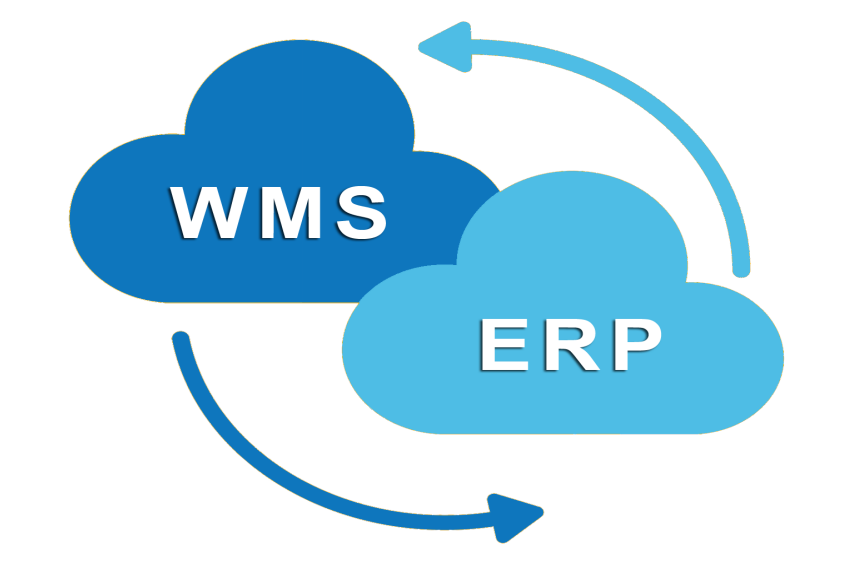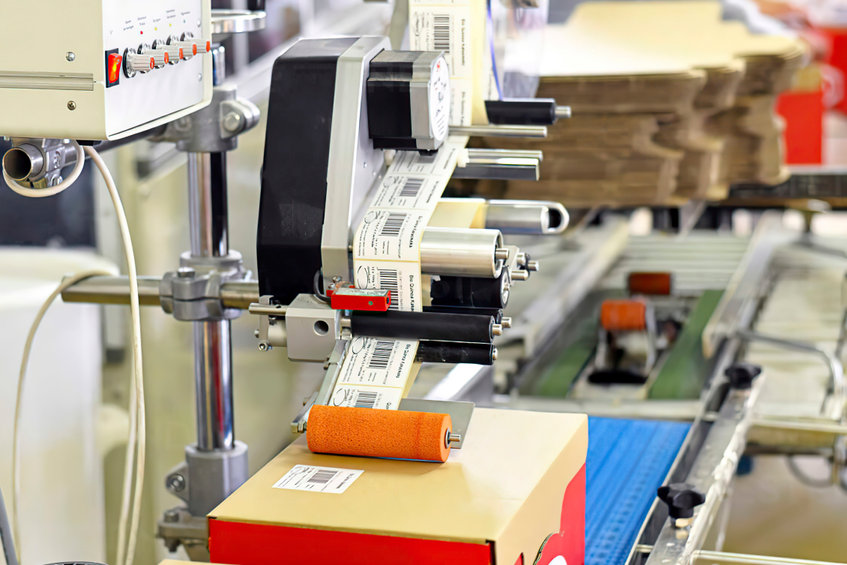Streamlining Operations: Best Practices of Warehouse Management and Quality Control Software in the Food and Beverage Industry
In the fast-paced world of the food and beverage industry, efficient warehouse management and stringent quality control are essential for success. As businesses strive to meet consumer demands for safety, freshness, and variety, they are increasingly turning to advanced software solutions to optimize their operations. Here, we explore the best practices of warehouse management and quality control software in the food and beverage industry.
1. Warehouse Management Software (WMS)
Warehouse management software plays a crucial role in ensuring the smooth flow of goods through the supply chain, from receiving to shipping. Here are some best practices for implementing WMS in the food and beverage industry:
Optimized Inventory Management: WMS enables real-time tracking of inventory levels, ensuring accurate stock levels and minimizing the risk of stockouts or overstocking. By integrating with barcode or RFID systems, WMS automates data capture, reducing errors and improving efficiency.
Efficient Order Fulfillment: With WMS, businesses can optimize order picking processes, reducing picking errors and increasing productivity. Advanced algorithms can determine the most efficient picking routes, saving time and labor costs.
Temperature Control: In the food and beverage industry, maintaining proper temperature control is critical for preserving product quality and safety. WMS with temperature monitoring capabilities helps ensure that perishable goods are stored and transported under the right conditions, minimizing the risk of spoilage.
2. Quality Control Software
Quality control software is essential for ensuring that products meet regulatory standards and consumer expectations for safety and quality. Here are some best practices for implementing quality control software in the food and beverage industry:
Supplier Management: Quality control software enables businesses to monitor the quality of raw materials and ingredients received from suppliers. By establishing criteria for acceptable quality levels and conducting inspections upon receipt, businesses can identify and address quality issues early in the supply chain.
Batch Tracking and Traceability: Traceability is crucial in the event of a product recall or quality issue. Quality control software provides batch tracking capabilities, allowing businesses to trace products back to their source and identify affected batches quickly. This helps minimize the scope and impact of recalls, protecting consumers and preserving brand reputation.
HACCP Compliance: Hazard Analysis and Critical Control Points (HACCP) is a systematic approach to food safety that identifies and controls potential hazards in the production process. Quality control software facilitates HACCP compliance by automating data collection, monitoring critical control points, and generating compliance reports.
Page 2:
3. Integration and Data Analytics
To maximize the benefits of warehouse management and quality control software, integration and data analytics are essential:
Integration: Integrating WMS and quality control software with other business systems, such as ERP and CRM, enables seamless data exchange and streamlines processes across the organization. This integration improves visibility and decision-making capabilities, leading to greater efficiency and agility.
Data Analytics: Leveraging data analytics capabilities within WMS and quality control software provides valuable insights into operational performance, quality trends, and customer preferences. By analyzing data on inventory levels, order fulfillment rates, and quality metrics, businesses can identify opportunities for improvement and make data-driven decisions to optimize their operations.
Continuous Improvement
Implementing warehouse management and quality control software is not a one-time effort but an ongoing process of continuous improvement:
Training and Education: Providing training and education to staff on the use of software and best practices is crucial for successful implementation. Well-trained employees are better equipped to leverage the full capabilities of the software and contribute to continuous improvement efforts.
Regular Audits and Reviews: Conducting regular audits and reviews of warehouse and quality control processes helps identify areas for improvement and ensure ongoing compliance with regulatory standards and industry best practices.
Feedback and Collaboration: Encouraging feedback from employees, suppliers, and customers fosters collaboration and innovation. By soliciting input from stakeholders, businesses can identify opportunities for optimization and stay ahead of evolving industry trends and customer preferences.
Conclusion
Warehouse management and quality control software are indispensable tools for success in the food and beverage industry. By implementing best practices and embracing continuous improvement, businesses can streamline operations, ensure product safety and quality, and stay competitive in today’s dynamic market. As technology continues to evolve, so too will the opportunities to optimize processes and deliver superior products and experiences to consumers.



